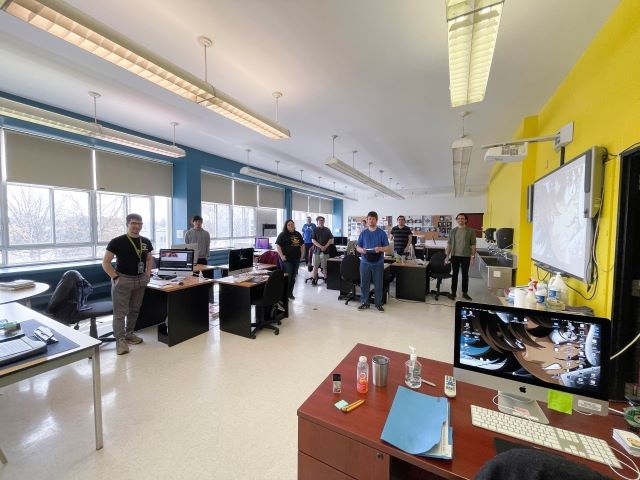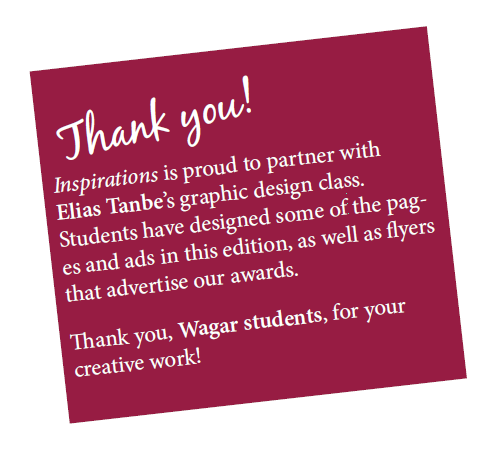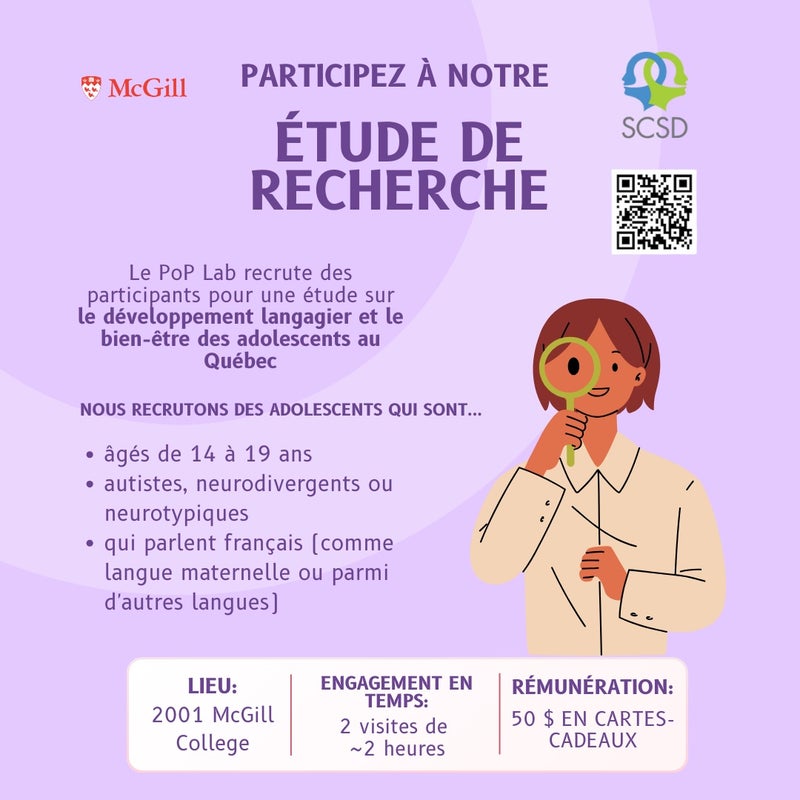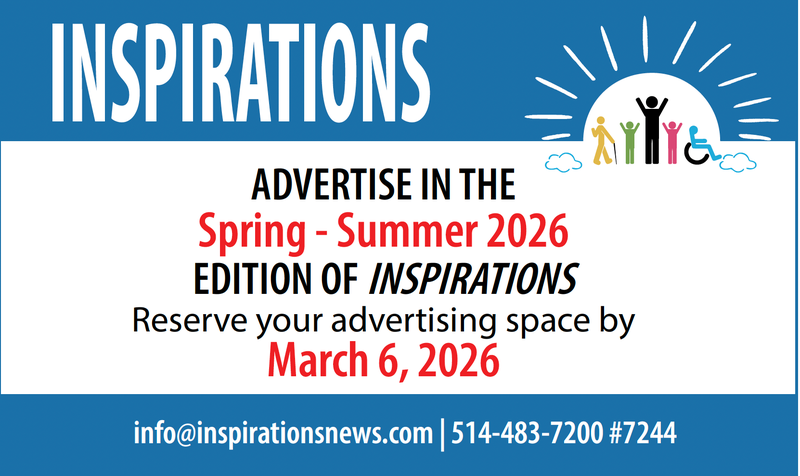Wagar graphic design program offers viable career path

by David P. Stein
A graphic design program at Wagar’s Adult Education Centre of the English Montreal School Board (EMSB) in Côte Saint-Luc, run by Elias Tanbe, has students motivated in the classroom like never before.
Originally from Lebanon, Tanbe has been at the EMSB for more than five years after working and studying in Algeria, Lebanon, Dubai, the United States, among other countries around the world including Africa. Tanbe’s background in graphic design includes more than 15 years of experience.
“Wagar eventually decided to add the computer graphics program, which I offered, as part of their Sociovocational Integration Services program. Once it was accepted, I didn’t know what to expect. I worked before with people on the spectrum, but it was more on the artistic side, and less in terms of graphic design,” said Tanbe, who is currently working on a Master’s degree in Education, to go along with four other academic degrees and certificates in a variety of disciplines.
Since this is the first program of its kind at Wagar, there were some uncertainties about how the students would receive it, or how much interest there would even be.
One of Tanbe’s students, Michel Rivard, said, “My favourite part of this program would have to be character design as it's used in many ways, especially today with modern technology and scanning equipment. I am proud of my work on different characters whether it's writing details about what they can do or bringing them to life with colour and details.”
“I’ve learned a lot of different skills in the Adobe suite of programs, such as Adobe Photoshop and Adobe Illustrator. My favourite part is being in school learning the different softwares, and I'm most proud of making the fire evacuation plan for our school,” said classmate Zachary Silas-Gagnon.
Similarly, students like Nathan Stacey, William Brinckman-Smith and Allan Pazos enjoy the applicability of the skills they’re learning to showcase their creativity.
“This is what I want to do for a living,” said Stacey. “Growing up, my father was my biggest influence. He worked with computers, and it’s been my calling from age 10. I hope to use the skills I've developed to hold on to a job and make a name for myself and give my skills the true test of making me enough money to move out and live on my own,” Stacey added.
“I hope to create my own original pieces of graphic art even if they are simple and hope to find some part-time work [so] that I can apply what I’ve learned,” echoed Brinckman-Smith.
Tanbe recognizes the opportunity for his students to use technology as a means for encouraging artistic creativity, but he also understands the economy’s demand for skilled graphic designers who are trained to use the industry’s most up to date software.
Most importantly however, he acknowledges that his graphic design program is an avenue for students with different learning styles to work at their own pace, but also as part of a team that promotes diversity and inclusion.
“The way I see the classroom is more like a graphic design agency and less like a traditional classroom, even by the way the tables are set up,” Tanbe explained.
“This way the students can communicate with each other. It’s like community-building in a way. We always try to help our students build bridges with others, and this graphic design program is helping us accomplish that mission.”






